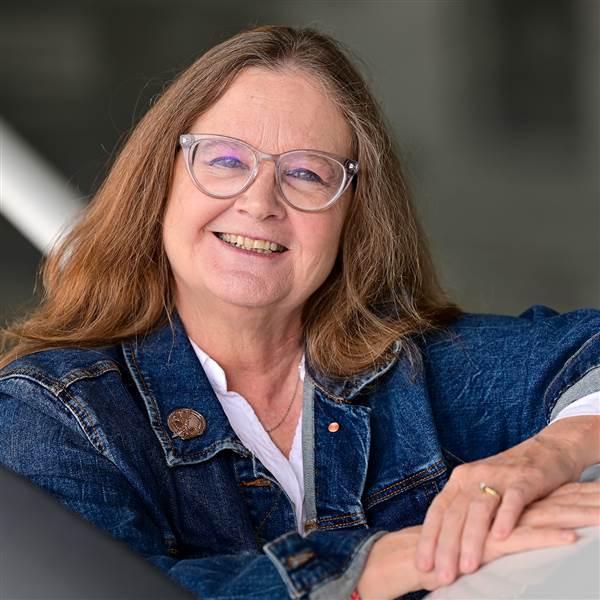Showing girls the path to aviation
| Name: Linda Meeks |
It was 1999. Meeks was finishing up a seven-year stint in the U.S. Army, first flying Huey helicopters and C-12s--the military version of Beech's King Air 200 twin turboprop--in Europe and Southwest Asia, later a part of an aerial reconnaissance unit performing counter-drug operations in Central and South America. Though she loved flying, she was seriously thinking about trying something different. Traveling on a commercial jet one afternoon, she recalls, she barely listened to the captain's standard announcement over the public address system. Then she overheard a child, perhaps 7 or 8 years old, ask her mother, "Mom, how come you never hear any girl pilots?"
That was the watershed moment. There was no longer any debate as to whether Meeks would remain a pilot in civilian life. She decided "right then and there that I had been trained for a fabulous livelihood and that I was not going to waste the opportunity."
Meeks left the Army in November 1999 and took a job flying Beech 1900s for US Airways Express. But she found herself reflecting on that little girl's question, as well as her own experiences as a female military aviator and those of her colleagues. "I can't tell you how many times I thought, I wish I would have said something to her."
Out of approximately 610,000 certificated pilots in the United States, about 37,000 are women. Another 120,000 women work as airline dispatchers, air traffic controllers, airframe and powerplant mechanics, flight attendants, crew chiefs, navigators, flight engineers, aeronautical and aerospace engineers--but for the most part "the women in these occupations are not visible to be examples to young girls that have the potential to build on the progress women have already made," she says.
Meeks hopes to change that with the formation in 2005 of Very Important Pilots, LLC, and a companion Web site, Girls With Wings (www.girlswithwings.com) to encourage more young girls to get involved in aviation.
There is a real need to include the various fields of aviation into young girls' dreams, Meeks says.
The Web site is girl-centric (think lots of pink) with screen-savers, age-appropriate games, and puzzles. There's a section where girls can learn basic aviation concepts and, as they grow older, they can find out about flight schools and aviation educational opportunities. The site also contains biographies of actual "girls with wings;" Meeks encourages women in all areas of aviation to complete and submit a bio that describes how they got involved.
"What I really want is for Girls with Wings to be a destination site," Meeks explains. "It's completely accessible to girls around the world. We've had girls e-mail the women whose stories appeal to them."
An e-commerce business that sells aviation-themed T-shirts and merchandise designed just for girls is a part of the site. The product line includes clothing, jewelry, totes, accessories, and a doll collection that represents women and girls in aviation pursuits.
Meeks says proceeds from the merchandise are a way to fund "my bigger picture." With the help of colleagues/pilots Kathleen Meilahn and Cindy Jacobs, she's also launched a subsidiary nonprofit organization, Generate LIFT (an acronym for Lead, Inspire, Fund, and Train), which will use aviation as a basis for reaching out to children through aviation events, educational forums, mentoring, and fundraising and scholarships.
Meeks' current job, as a first officer in a Citation V for Flight Options, a fractional jet operator based in Richmond Heights, Ohio, gives her the flexibility to devote time to getting the organizations off the ground. "I love it," says Meeks of her position. Flight Options pilots work a schedule of eight days on, seven days off--and time spent on the ground is time spent working with the next generation of Very Important Pilots.
Jill W. Tallman is assistant editor of AOPA Flight Training magazine. A private pilot since 2001, she has approximately 350 hours.

